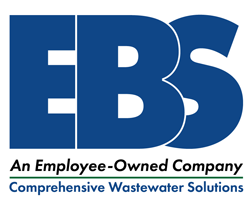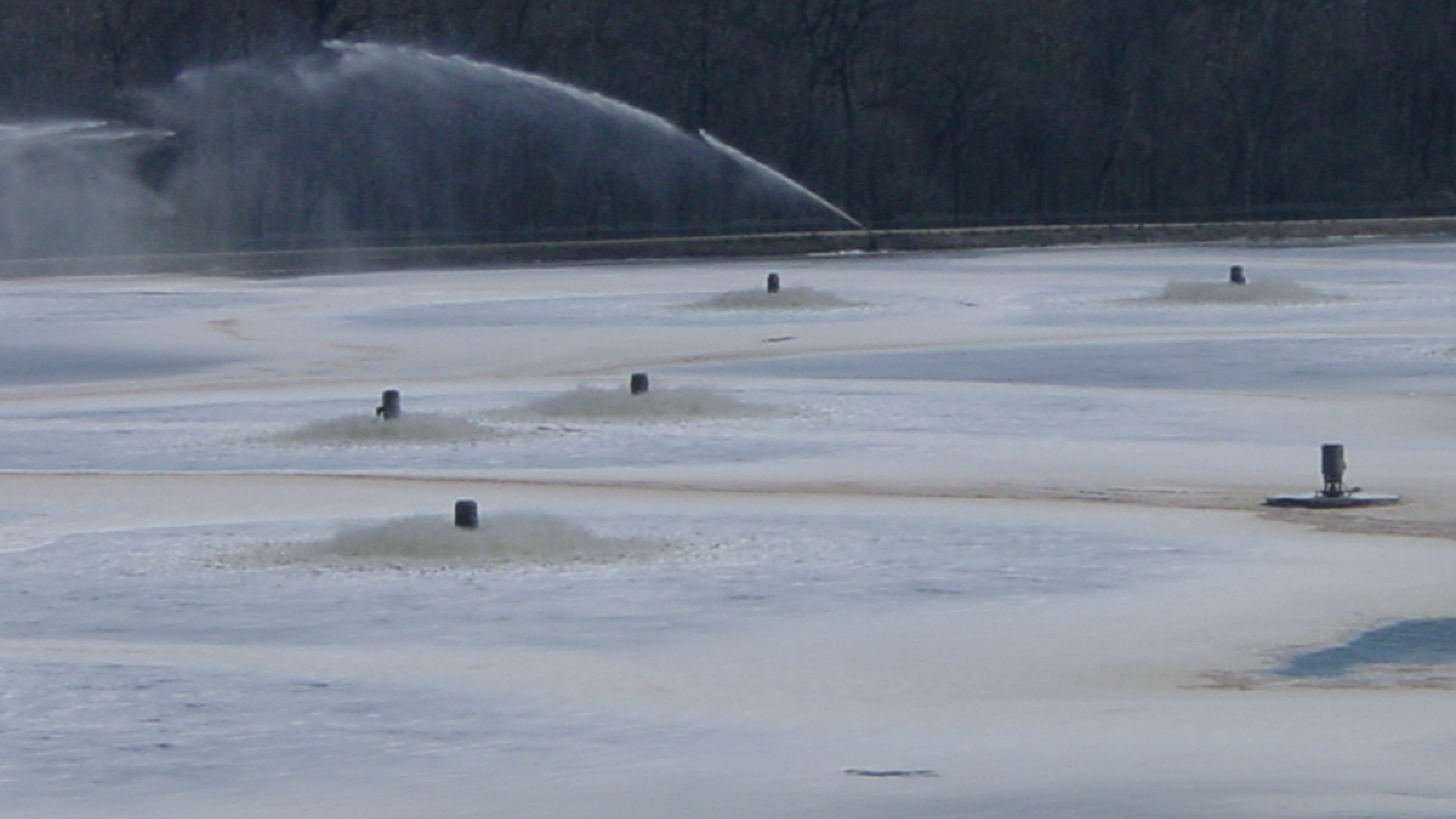Aerated Stabilization Basin (ASB) performance issues can be associated with several root causes, both chronic and intermittent. Events such as temporary upsets frequently occur due to spills, increased production, or high effluent flow rates. It is critical to be able to assess the wastewater treatment system performance during these times. In doing so, you gain a better understanding of your lagoon performance, which will assist you later when troubleshooting issues.
Performance can be evaluated while running tests to comply with permit limits or taking a more proactive approach through process control testing. It’s important to be educated on ways to monitor the health of the system to begin identifying arising issues to try and avoid potential violations and loss of system performance.
Process control testing typically consists of COD, BOD, TSS/VSS, DOUR, nutrients, DO, pH, and a variety of others. Knowing the right parameters to run for each process control, the correct methods and procedures, frequency of testing, proper sample locations, and lastly, a general understanding of the 8 Growth Pressures are all key to maintaining healthy process control.
A growth pressure is any critical factor affecting the microbial community. Whether it’s one or several growth pressures that are limiting, each of them can have a profound effect on the overall health and efficiency of the system. Through consistent monitoring and an understanding of the role of each growth pressure, operators and environmental personnel can diagnose the areas of poor performance that need to be addressed.
Because of a lagoon’s long retention times, ongoing volume loss, and gradual performance loss, it is easy to ignore an ASB in the name of cost reduction. However, failure to routinely monitor and assess the performance and capacity of the system can lead to compliance issues and may put you in a difficult situation to defend. Listed below are several ways to monitor each of the Growth Pressures both on a frequent (daily or weekly) basis and infrequent or as-needed basis:
Regular testing of the 8 Growth Pressures for process control
- Temperature: Continuous in-line monitoring at the aeration basin influent and effluent
- pH: Continuous in-line monitoring at the aeration basin influent and effluent
- DO: In basin if possible, although often difficult due to size
- Loading: BOD and surrogates such as COD or TOC
- Nutrients: Residual testing at key sample locations within the basin
- Retention Time: Flow and basin level measurements
- Toxicity and Inhibition: Micro exam and DOUR testing
- Biomass: Micro exam, nutrient residuals, DOUR, TSS/VSS
Infrequent testing of the 8 Growth Pressures for good process control
- Seasonal performance profile studies with samples being collected across the basin for temperature,
pH, DO, loading, and nutrients. - Loading: Confirming BOD and surrogates are correlated up to date
- Retention Time: Depth and tracer studies
- Toxicity and Inhibition: Advanced chemical analysis
- Biomass: Micro exam, nutrient residuals, DOUR, TSS/VSS, viability of biomass
Process control is critical for identifying and troubleshooting issues with lagoon performance. Routine testing and monitoring of the system’s health provide professionals with a greater understanding of the lagoon’s performance. Proper process control makes identifying performance issues easier and quicker. It also makes troubleshooting more proficient by knowing what a healthy system looks like when operating at peak performance. Don’t wait to begin testing after an issue arises start routine testing by establishing a good process control.

